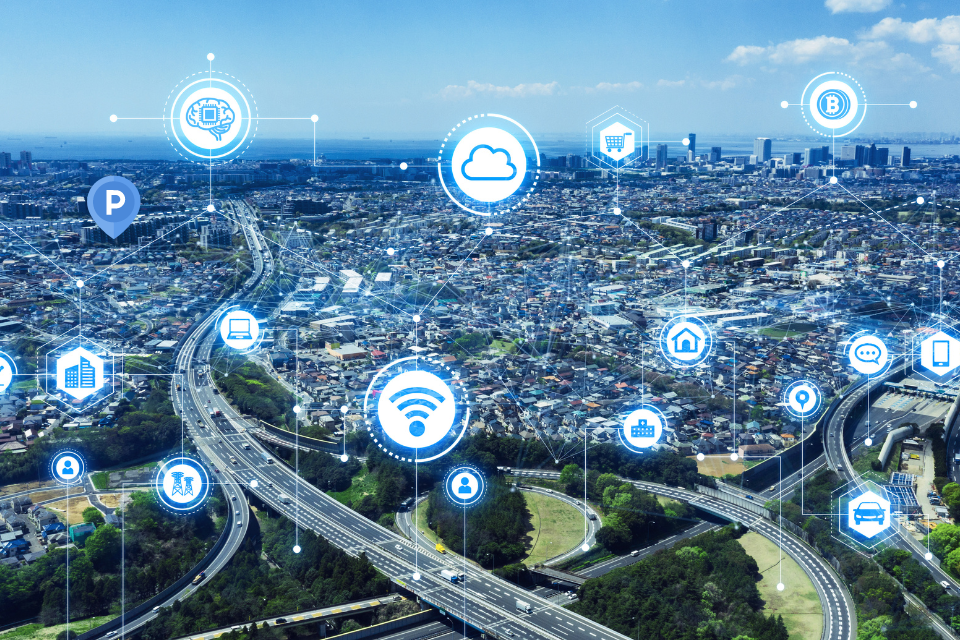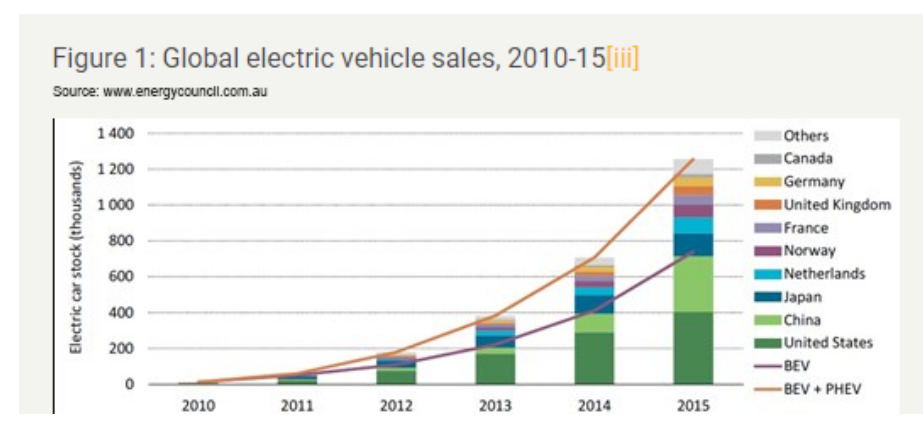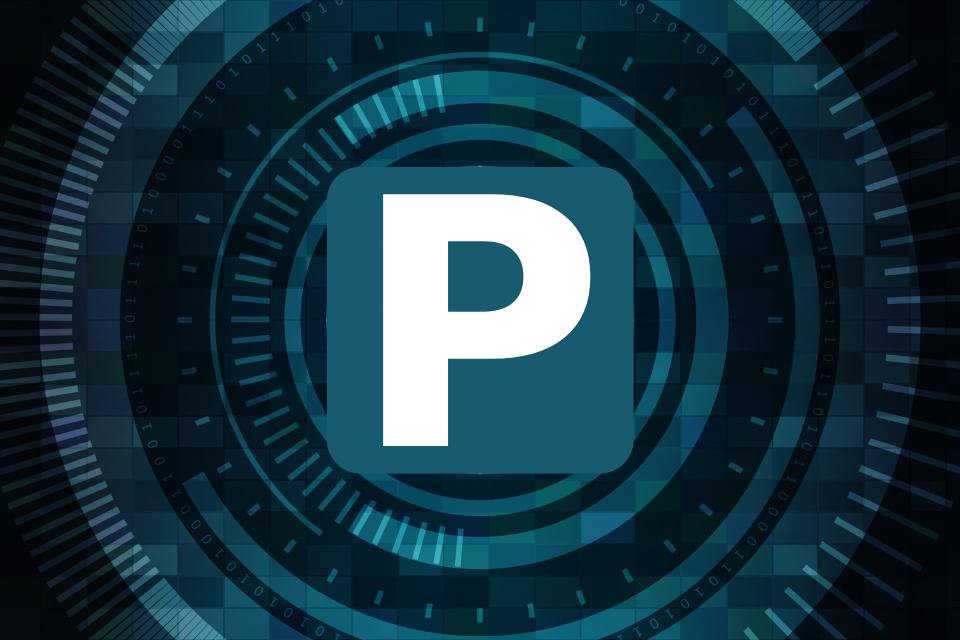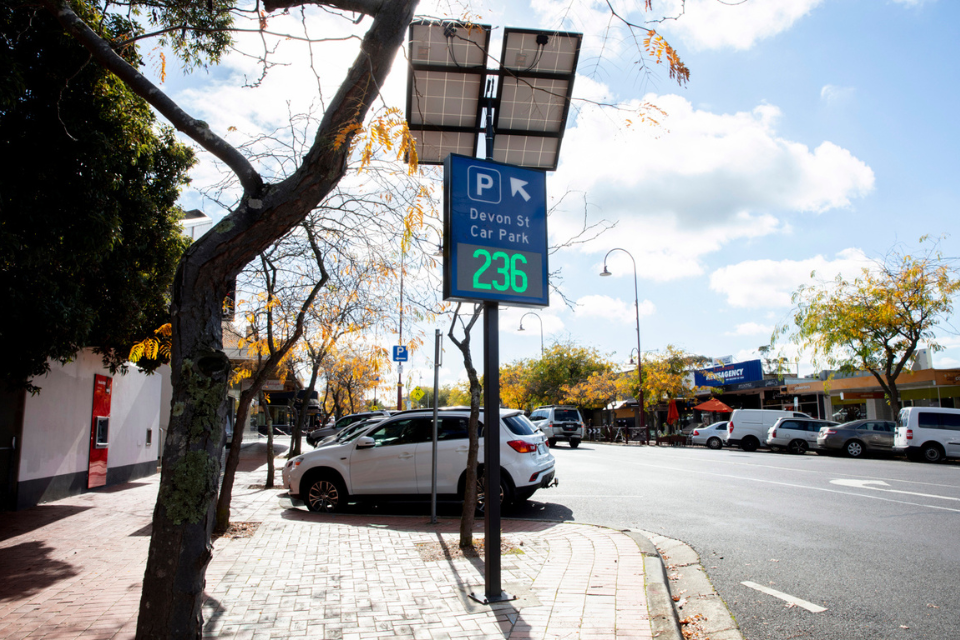
Creating smart cities with parking technology
Considerations for creating smart cities and efficient communities with parking technology

The mega new smart city ground up build initiatives of billionaires like Bill Gates are certainly an ambitious and promising initiative, and there is room for similar initiatives in Australia where a few smart cities could be built from the ground up in regional areas.
But more importantly, and with less dollars needing to be invested, we can be making our existing cities smarter.
What is a smart city?
A smart city uses information gleaned from data that is captured from various sensors and physical devices used by citizens, buildings, and other assets, to effectively manage resources, infrastructure, and services more efficiently.
Information can be used to analyse, plan, and optimise a whole host of civic services, including utilities, waste management, schools, community services, healthcare and of course traffic, transportation and parking management systems.
Parking’s role
A key area of pain for many communities is the increasing traffic and parking congestion in their local areas. A smart city can utilise available technologies to provide real time traffic and parking availability information to motorists. The community benefits are significant including: reduced traffic congestion; reduced CO2 emissions; reduced stress and anxiety with less time spent in traffic bottlenecks leading to an improved motorist experience and thus greater propensity to frequent those areas and facilities in future.
Smartening existing cities
Whilst the idea of building a brand-new city from the ground up is exciting, there are many things Australia’s smart city planners can invest in for existing urban centres that will help the community in the shorter term. Smarter traffic and parking availability information is an easy win and one that addresses an all-too-common pain point for local communities. Here are a few things that should be considered:
• Ownership of data. Data structures, communications protocols and formats are important, but it is far more important to ensure that city planners are partnering with suppliers that are able and prepared to share data. For any initiative under the smart cities umbrella, make certain the resulting data is either owned fully or at least with minimal, if any, constraints on what can be done with it.
• Sensors that are fit for purpose. Sensors or sensor systems are highly important in smart city building initiatives and there are a range of varying technologies available including magnetic resonance, infrared, ultrasonic, laser and camera-based sensors. The key is that they be “fit for purpose”; ideally highly accurate (as accuracy matters), long lasting and using reliable technologies with minimal ongoing maintenance costs. Security, communications capabilities, and size plus frequency of data packets/data payload generated by the sensors should be additional considerations. It is also important to consider how they are ‘controlled’ – what features and control functionality is available and how the Controllers function to consolidate and deliver data to the head end system(s).
• Turning data into actionable information in a timely and automated manner. The volume of data collected – even in a fairly straightforward project – can run into millions of data points each day. This mass of data needs to be aggregated in real time and processed efficiently and automatically into usable information without the need for manual intervention. A core focus should be ensuring data can be converted and automated to deliver timely and actionable information to the community that is using the facility and local areas. Wayfinding signage in congested precincts would be one good example.
The above points are just some of the many considerations that should be taken into account, in the evolution towards smart cities and effective management of them for the benefit of the community and the environment. It’s an exciting area to be involved in and Park Agility takes pride in the role we play in helping our cities to run a bit smarter.








Recent Comments